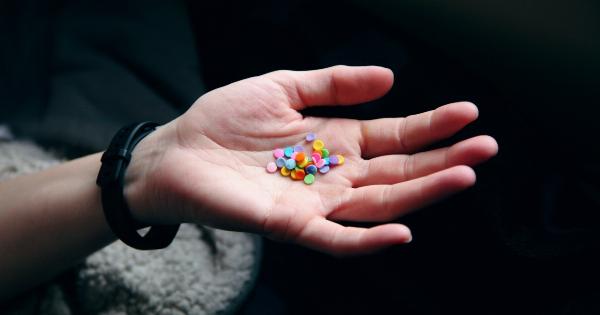Many people enjoy drinking alcohol in moderation as a way to relax and socialize. However, research has shown that drinking alcohol can increase your risk of developing skin cancer.
In this article, we will explore the link between alcohol consumption and skin cancer risk, as well as important considerations to keep in mind when it comes to protecting your skin.
Alcohol and Skin Cancer Risk
Studies have demonstrated that there is a strong association between alcohol consumption and skin cancer risk.
One study published in the British Journal of Dermatology found that people who consumed more than 20 grams of alcohol per day (equivalent to approximately two drinks) had a 55% higher risk of developing melanoma than those who didn’t drink alcohol at all.
Another study conducted in the United States found that people who consumed at least three alcoholic drinks per week had a 35% higher risk of developing basal cell carcinoma, the most common type of skin cancer.
Those who drank more than 20 drinks per week were at an even higher risk.
It’s important to note that the risk of developing skin cancer increases with the amount of alcohol consumed. People who drink heavily or binge drink are at the greatest risk.
In addition, those who combine alcohol with other risk factors for skin cancer, such as a history of sunburns or using tanning beds, may have an even greater risk.
How Does Alcohol Increase Skin Cancer Risk?
So, why does alcohol consumption increase the risk of developing skin cancer? There are a few mechanisms that may be at play:.
- Impaired Immune System: Alcohol can weaken the immune system, which can make it harder for the body to fight off cancer cells and other pathogens.
- Increased Sun Sensitivity: Alcohol can make the skin more sensitive to the damaging effects of the sun’s UV radiation, which is a major risk factor for skin cancer.
- Decreased DNA Repair: Alcohol can interfere with the body’s ability to repair DNA damage, which can increase the risk of cancer development.
While more research is needed to fully understand the link between alcohol and skin cancer, these mechanisms provide insight into how alcohol consumption may be contributing to the development of this disease.
Protecting Your Skin
Given the link between alcohol consumption and skin cancer risk, it’s important to take steps to protect your skin when you drink. Here are some tips to keep in mind:.
- Use Sunscreen: Apply a broad-spectrum sunscreen with an SPF of at least 30 when you go outside, regardless of whether it’s sunny or cloudy. Reapply every two hours or after swimming or sweating.
- Wear Protective Clothing: Cover your skin with long-sleeved shirts, pants, and wide-brimmed hats when you’re outside.
- Avoid Tanning Beds: Tanning beds emit UV radiation that can damage the skin and increase the risk of skin cancer. Avoid using them, and opt for self-tanning products if you want a bronzed look.
- Know Your Skin: Regularly check your skin for changes in moles, freckles, and other growths. Report any changes to your doctor, as early detection is key to successful treatment.
It’s also important to be mindful of your alcohol consumption, especially if you’re already at a higher risk of developing skin cancer.
Drinking in moderation (defined as up to one drink per day for women and up to two drinks per day for men) is generally considered safe, but it’s important to talk to your doctor about your individual risk factors and whether alcohol consumption may be contributing to them.
Conclusion
Drinking alcohol may be a part of your social life, but it’s important to be aware of the potential risks it poses to your skin health.
By taking steps to protect your skin and being mindful of your alcohol consumption, you can reduce your risk of developing skin cancer and enjoy a healthy, happy life.





























